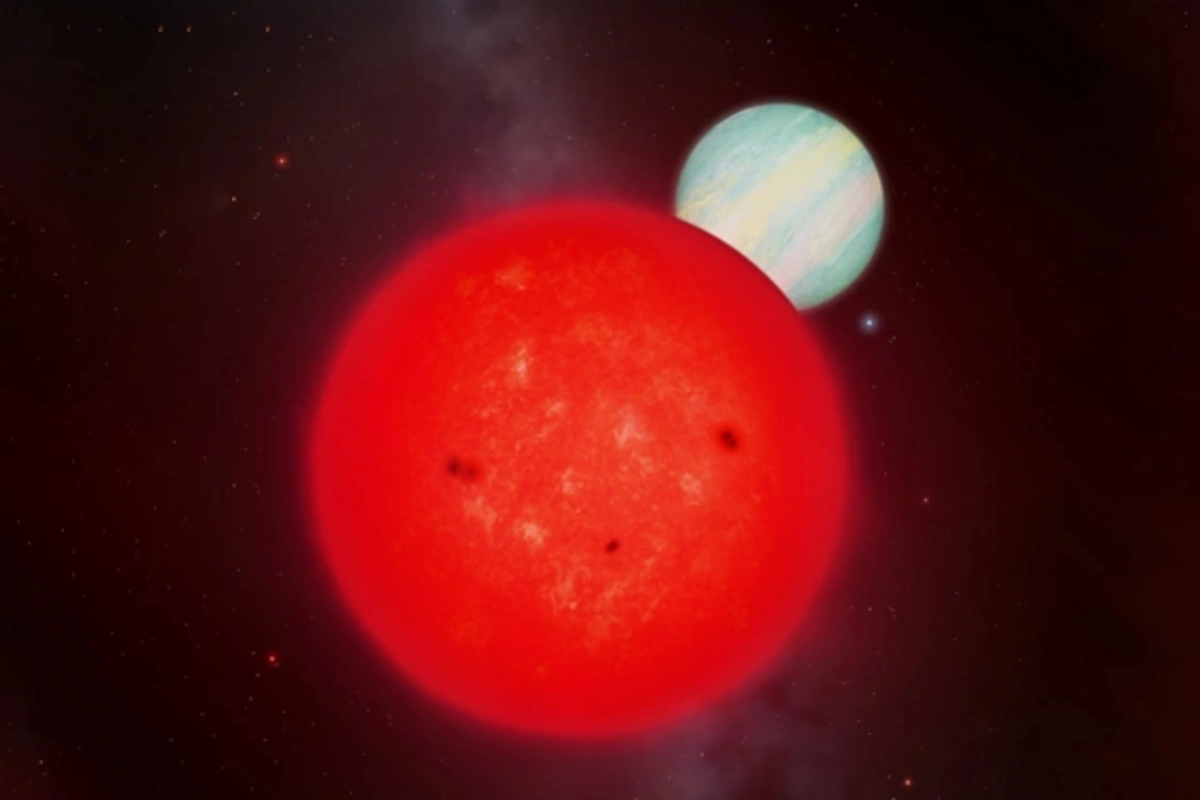04 Jun , 18:56
0

Sensation in space: astronomers discover an "impossible" gas giant orbiting a tiny star
An international team of scientists has made an astonishing discovery - the gas giant TOI-6894b has been found orbiting a red dwarf star with only one-fifth of the Sun's mass and size. The planet, comparable in dimensions to Saturn (about 86% of Jupiter's radius), orbits the star TOI-6894 - the lowest-mass star around which such a large planetary body has ever been found.
"This discovery came as a complete surprise to us," admitted the research team leader, astrophysicist Edward Bryant from the University of Warwick. The scientific community believed that such small stars simply couldn't have enough material to form gas giants.
According to widely accepted theories, planets form from leftover material after a star forms. It's logical to assume: the smaller the star, the less building material remains for creating planets. However, data on the deep transits of TOI-6894b, obtained by the TESS satellite and confirmed by ground-based telescopes, irrefutably prove the existence of a planet approximately 120,000 kilometers in diameter.
The transit depth of the newly discovered planet is remarkable - when passing in front of the star, the star's brightness decreases by 17%. This is an exceptional case in astronomy, as the observable light reduction during exoplanet transits is usually much less noticeable. Meanwhile, TOI-6894b's mass is only 17% of Jupiter's mass, indicating an unusually light, fluffy atmosphere.
Due to its unique characteristics, TOI-6894b is considered by scientists as an ideal candidate for detailed atmospheric studies, including using the capabilities of the James Webb Space Telescope. Researchers suggest that the atmosphere of this mysterious planet may contain significant amounts of methane.
Although existing theories of planet formation cannot explain the emergence of such an object, discoveries like TOI-6894b help scientists revise and deepen their understanding not only of our Solar System but of planetary systems in the Universe as a whole. This observation may fundamentally change our understanding of the origin and evolution of gas giants.